Hitting Sixes In Cricket: One of the most thrilling aspects of cricket is watching a batsman launch the ball out of the ground for a six. It’s a moment of pure excitement, captivating the crowd and often changing the course of a match. But hitting a six isn’t as simple as just striking the ball hard. There are several rules and conditions that govern what makes a six a legitimate hit in cricket. Whether you’re a budding cricketer or a passionate fan, understanding these rules is essential for fully appreciating the spectacle of sixes in cricket.
Hitting Sixes In Cricket: This guide will walk you through the rules, conditions, and different scenarios that determine how a six is scored, offering you a deeper understanding of this iconic cricket achievement.
What Is A Six In Cricket?
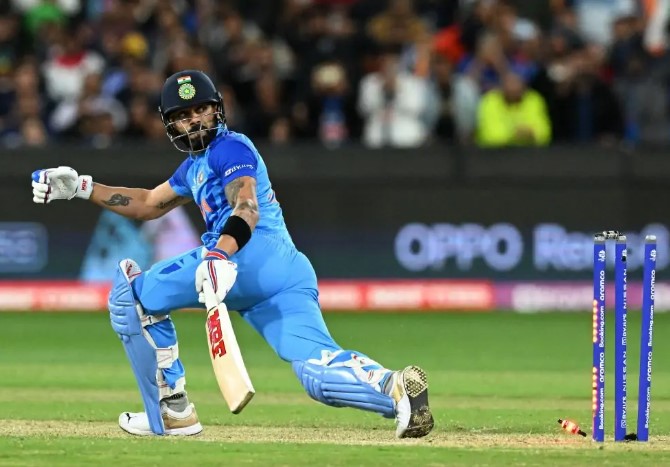
Hitting Sixes In Cricket: In cricket, a six is scored when the batsman hits the ball out of the playing field boundary without the ball touching the ground. The moment the ball crosses the boundary line on the full (without bouncing), the batsman is credited with six runs. It is one of the most spectacular ways to score runs and requires not only raw power but also great timing and placement.
Hitting Sixes In Cricket: It is one of the most sought-after achievements in the game, especially in limited-overs formats like T20 and ODIs, where quick runs are crucial.
Conditions For Hitting A Legal Six
Hitting Sixes In Cricket: There are specific rules and conditions that determine whether a hit qualifies as a six in cricket:
1. Boundary:
Hitting Sixes In Cricket: For a shot to be counted as a six, the ball must cross the boundary on the full, meaning it must not touch the ground before crossing the boundary line. If the ball bounces before reaching the boundary, it is considered a four, not a six.
2. Height Of The Hit:
Hitting Sixes In Cricket: The height at which the ball crosses the boundary is irrelevant. As long as it crosses the boundary without touching the ground, it is considered a six. Whether the ball is hit at ground level, over the ropes, or even as a high-flying shot, it remains six runs.
3. The Ball’s Trajectory:
Hitting Sixes In Cricket: The ball must not be caught by a fielder or cross the boundary with the help of a fielder’s action. For example, if the fielder jumps to catch the ball but the ball touches the ground before crossing the boundary line, the batsman scores a four. A six is only awarded if the ball clears the boundary line without any such interference.
4. Fielder’s Position:
Hitting Sixes In Cricket: If the ball is hit so high that a fielder attempts to catch it but fails, it is still considered a six if it crosses the boundary line. However, if a fielder is standing just inside the boundary rope and catches the ball, it is considered a catch, and the batsman is dismissed. The catch must happen before the ball touches the ground.
5. Boundary Markers:
Hitting Sixes In Cricket: In standard cricket grounds, the boundary is marked by a rope or a line on the field. The boundary is considered the boundary line, and anything beyond it is out of play. The ball must cross this line entirely for a six to be awarded.
Different Types Of Sixes In Cricket
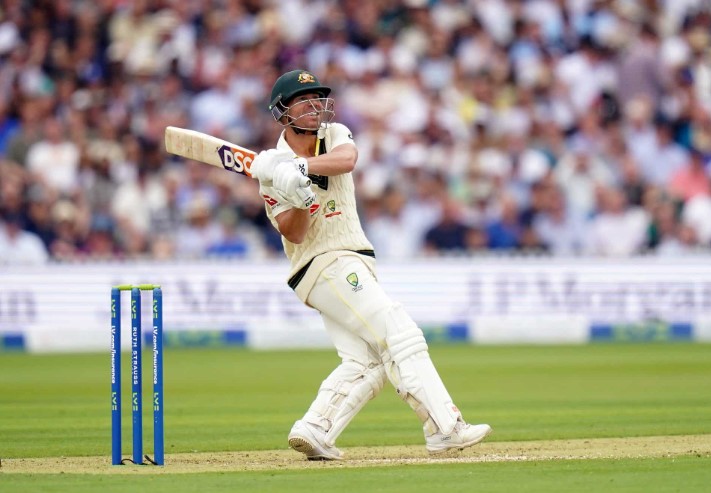
While the rules remain the same, the ways in which players hit sixes can vary widely. Different types of sixes are classified based on the technique and the type of delivery:
1. Straight Six:
A straight six is hit when the batsman strikes the ball directly down the ground. It’s typically executed by drives or lofted shots and often requires excellent timing.
2. Hook Or Pull Shot Six:
A batsman may hit a six by pulling or hooking the ball over the leg side, typically when the ball is delivered short. These shots are more common against pace bowlers and require quick reflexes.
3. Cut Shot Six:
4. Sweep Shot Six:
The sweep shot is generally played to a delivery on the leg side, where the batsman uses a horizontal bat to sweep the ball over the boundary line. It’s a popular shot against spinners.
5. Slog Six:
A slog six is typically a powerful, often wild shot aimed at sending the ball out of the park. This type of six can be hit on the off-side or leg side, and the focus is mainly on power rather than precision.
The Role Of The Bowler In Hitting Sixes
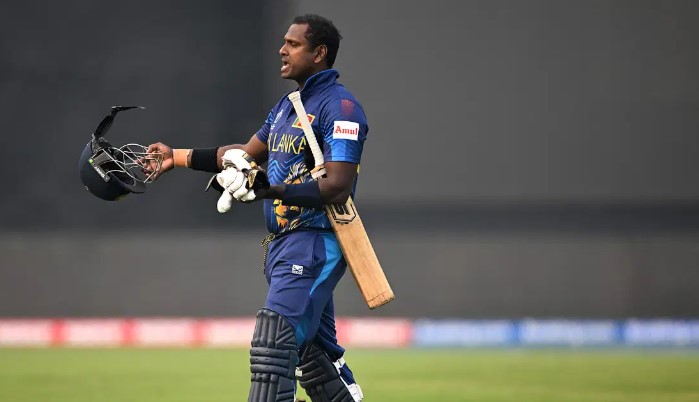
While the batsman deserves credit for hitting a six, the bowler plays a significant role in setting the stage. A bowler’s delivery type, line, and length can all influence whether the ball is hit for a six. Here’s how different types of bowling deliveries impact a batsman’s ability to hit sixes:
1. Full Toss:
A full toss (a delivery that doesn’t bounce) is often easier to hit for a six, especially if it is not well-directed. Full tosses above the waist (also known as high full tosses) are considered no-balls, but a full toss that is on the stumps or the batter’s legs can be smashed for six.
2. Short Ball:
A short ball (one that bounces higher than usual) can be dangerous, but a well-executed hook or pull shot can turn it into a six. Fast bowlers tend to bowl short balls to induce this kind of shot.
3. Yorker:
A yorker is a low delivery aimed at the batsman’s toes. It’s one of the hardest balls to hit for a six because of its length and line, but experienced players can still manage to strike it for six with perfect timing.
4. Spin Deliveries:
Spinners often bowl slower deliveries with more flight. Batsmen can take advantage of this by lofting the ball over the boundary. The flight of the ball gives the batsman more time to judge and strike the ball effectively.
Impact Of The Free Hit Rule On Hitting Sixes
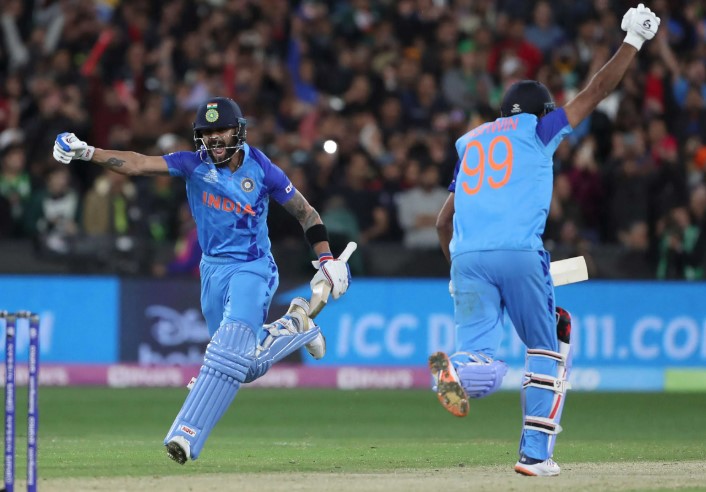
The introduction of the free hit rule has altered the dynamics of hitting sixes in cricket. A free hit is awarded after a bowler delivers a no-ball (such as overstepping or bowling a high full toss). During a free-hit ball, the batsman cannot be dismissed in the usual ways (caught, bowled, stumped, etc.), and they are free to go for the maximum runs. This increases the chances of a batsman hitting a six.
Key Conditions For Hitting A Six
| Condition | Rule | Explanation |
|---|---|---|
| Ball must cross the boundary on the full | Ball must not bounce before crossing the boundary line | A six is awarded when the ball is hit on the full, without touching the ground. |
| Fielder’s position | Fielder must not touch or catch the ball before it crosses the boundary | If a fielder catches the ball before it crosses the boundary, the batsman is out. |
| Boundary line markers | Defined boundary lines marked by rope or a boundary line | The ball must completely cross the boundary line to be counted as a six. |
| Type of Delivery | Full toss, short ball, spin, and yorker | Different types of deliveries influence the likelihood of hitting a six. |
| Free Hit Rule | No dismissal possible on a free hit | After a no-ball, the batsman gets a free hit, increasing the chances of hitting a six. |
Famous Sixes In Cricket History
Some sixes have etched themselves into the annals of cricketing history due to their sheer power or the impact they had on a match. These include:
Shahid Afridi’s 153m six in South Africa in 2013 – One of the longest sixes ever hit in international cricket.
Corey Anderson’s six in 2014 against India – Part of a record-breaking run-chase in an ODI.
MS Dhoni’s six in the 2007 T20 World Cup Final – A memorable six that led India to victory over Pakistan.
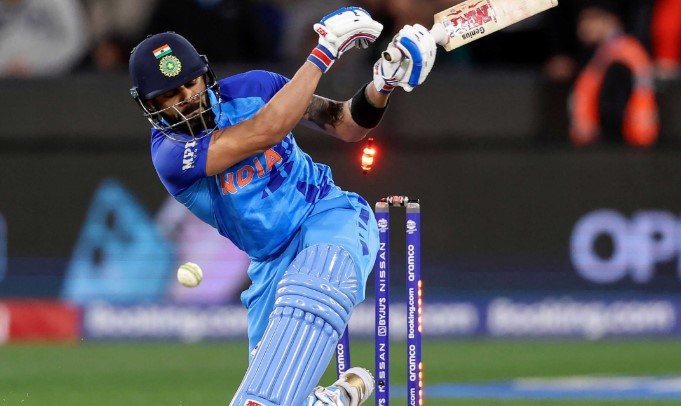
Hitting a six is one of the most exhilarating feats in cricket, but it requires a combination of technique, timing, and power. The rules governing sixes ensure that this form of scoring remains one of the most exciting aspects of the game. By understanding the conditions and rules for hitting sixes, both players and fans can appreciate the skill and strategy that goes into each massive hit.
As the game evolves and new strategies emerge, the art of hitting sixes will continue to be a thrilling part of cricket, keeping fans on the edge of their seats and players eager to claim the maximum.

